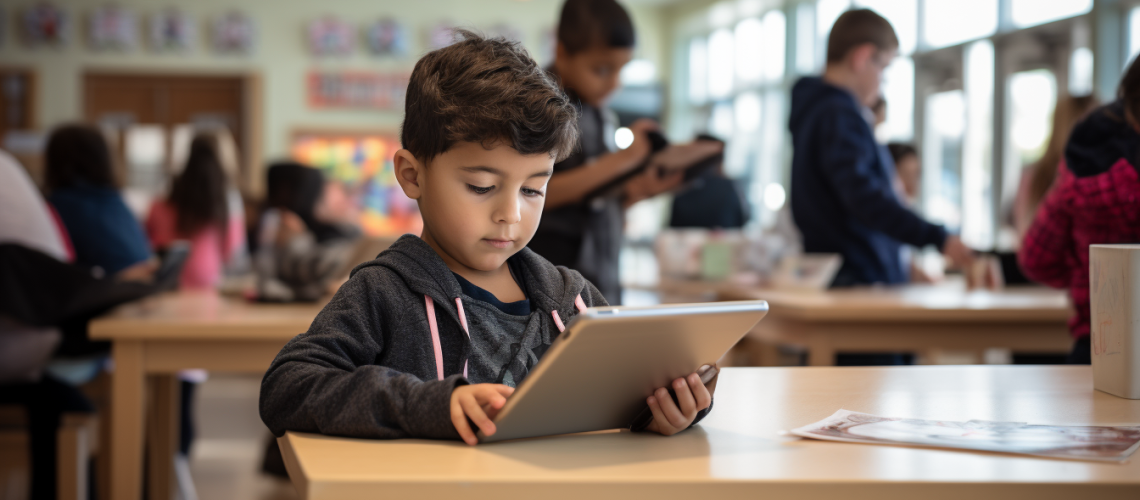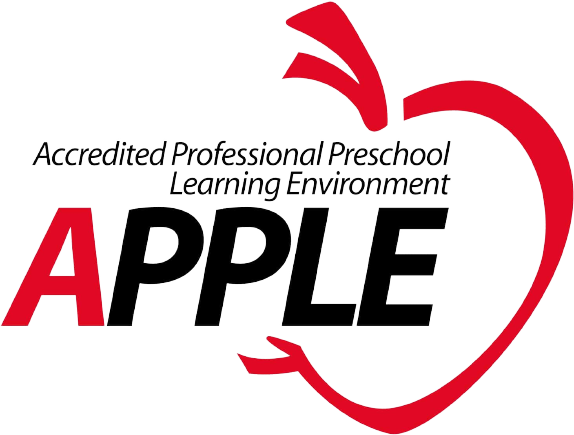Hey there, fellow mommies! When it comes to early childhood education, we have a lot of choices for our little ones, from Montessori to STEM programs. But amidst all these options, there’s an important aspect that often gets overlooked: media literacy and appropriate technology usage for young learners. As a program director at a preschool, I’ve realized the relevance of this topic, especially with the rise of technology during the Covid-19 crisis. In this blog post, we’ll explore the impact of media on young children and review some valuable resources that can help us navigate this digital world.
The Impact of Media on Early Childhood: Before we dive into the resources, let’s address the concerns around media and technology use in early childhood. It’s become common to see kids with devices in hand, even during car rides. But did you know that excessive screen time can have adverse effects on children’s brain development? Research has shown that prolonged screen exposure may hinder cognitive function, social engagement, and even physical well-being (Reinberg, 2019). As parents and educators, it’s essential for us to understand the implications and make informed decisions about technology use.
Resource 1: Choosing Tech for Your Preschooler The campaign for a commercial-free childhood (ccfc) offers a fantastic resource called “Safe, Secure & Smart: A Guide to Choosing Tech for your Preschooler.” This guide helps us select age-appropriate and educational apps for our little ones. It emphasizes the importance of active learning, meaningful engagement, and socialization. With their checklist for evaluating apps, we can ensure our children’s safety while using technology (ccfc, 2021). It’s a valuable tool for both parents and teachers!
Resource 2: Media Literacy Education for the 21st Century The Center for Media Literacy provides an “Overview & Orientation Guide to Media Literacy Education” that sheds light on this crucial topic. Media literacy is not about demonizing technology; it’s about empowering children to question and think critically about the messages they receive. This guide offers thought-provoking questions and strategies for educators to incorporate media literacy into their lessons (MediaLit, 2008). By teaching our children to analyze and evaluate media, we can help them become active participants in our digital society.
Resource 3: Core Principles of Media Literacy Education The National Association for Media Literacy Education (NAMLE) shares core principles that promote inquiry and critical thinking about media. These principles emphasize the role of media in shaping our culture and society. By teaching media literacy, we equip our children with essential skills to navigate the media landscape and express themselves effectively (NAMLE, 2007). As school leaders, we can use these principles to guide our policies and curriculum development.
Resource 4: Mapping Digital Literacy and Practice Let’s take a peek at our neighbors up north! Canada’s Centre for Digital and Media Literacy provides a comprehensive review of digital literacy policies and practices across different provinces and territories. This resource showcases the evolving nature of media literacy education and offers valuable insights on implementing digital citizenship initiatives (MediaSmarts, 2015). It’s fascinating to explore different approaches to media literacy and adapt them to our own educational context.
Conclusion: As parents and educators, it’s our responsibility to equip our children with the skills to navigate the digital world safely and responsibly. By integrating media literacy into our early childhood programs, we empower our little ones to think critically, engage with media meaningfully, and become active participants in our digital society. Let’s use the resources shared in this blog post to shape our policies, guide our teaching practices, and promote media literacy in our little ones.
Remember, technology can be a powerful tool when used mindfully and appropriately. Let’s embrace media literacy and pave the way for a generation of savvy digital citizens!
References:
- Campaign for a commercial-free childhood (ccfc). (2021). Safe, Secure, & Smart: A Guide to Choosing Tech for your Preschooler.
- Center for Media Literacy, Jolls, T., & Thoman, E. (2008). LITERACY for the 21st Century (2nd Edition).
- National Association for Media Literacy. (2007). Core Principles of Media Literacy Education in the United States.
- MediaSmarts, Hoechsmann, M., & DeWaard, H. (2015). Mapping Digital Literacy Policy and Practice in the Canadian Education Landscape.



